How can we make the planning and construction of sports venues more in line with market demand?
To make the planning and construction of sports venues more in line with market demand, we can start from the following aspects:
1、 Conduct in-depth market research
Understand the target user group:
Needs of different age groups: For example, for teenagers, multi-functional sports venues such as basketball, football, badminton, etc. can be planned and constructed, equipped with professional coaches for guidance, and youth sports events and training camps can be held; For middle-aged and elderly people, more relaxed exercise areas such as fitness trails, gateball courts, and tai chi courts can be set up, and health counseling and rehabilitation guidance services can be provided.
Different occupational groups' needs: Office workers may be more inclined to engage in sports activities after work or on weekends, so the opening hours of venues can be appropriately extended, providing convenient transportation and parking facilities, as well as comfortable rest areas. For student groups, they can collaborate with schools to offer physical education courses and extracurricular activities, providing discounted ticket prices and rental services.
Analyze competitors:
Surrounding venue facilities: Investigate the scale, facilities, and services of existing sports venues in the surrounding area to identify their own strengths and weaknesses. If there are already large comprehensive sports venues in the surrounding area, when planning and constructing new venues, it is possible to consider highlighting their characteristics, such as focusing on a specific sports project (such as climbing halls, fencing halls, etc.), or providing more personalized services (such as personal coaching, sports rehabilitation, etc.).
Service differentiation comparison: Understand the service quality and price level of competitors, and develop competitive service strategies and pricing systems. For example, if a competitor's venue facilities are outdated and the service quality is not high, the new venue can invest more funds to update facilities, improve service levels, and attract more users.
2、 Scientific Planning and Design
Diversified functions:
Comprehensive sports venues: Construct comprehensive sports venues that integrate various sports projects to meet the needs of different users. For example, a large sports center can include various facilities such as football fields, basketball courts, tennis courts, swimming pools, and gyms, as well as commercial supporting services such as catering, shopping, and entertainment, allowing users to enjoy a one-stop leisure and entertainment experience while engaging in sports activities.
Multi functional venue design: Design a flexible and adjustable multi-functional venue that can be converted according to different activity needs. For example, an indoor venue can be divided into multiple small areas by moving partitions, which are used for different events such as badminton, table tennis, yoga, etc., to improve the utilization rate of the venue.
Reasonable spatial layout:
Separation of audience and athlete flow lines: Ensure that the audience and athletes have independent access and rest areas to avoid mutual interference. The audience channel should be spacious and bright, with a reasonable seating layout and line of sight design, allowing the audience to comfortably watch the game; The athlete pathway should focus on convenience and privacy, providing sufficient space for rest, training, and preparation.
Integration of commercial and sports areas: Organically combining commercial and sports areas to create more business opportunities and user experiences. For example, setting up commercial facilities such as sports brand stores, sports equipment rental stores, and sports themed restaurants around sports venues allows users to conveniently purchase necessary items and enjoy delicious food before and after sports activities.
3、 Introducing advanced technology
Intelligent facilities:
Intelligent lighting system: Install an intelligent lighting system that can automatically adjust brightness and color according to different scenes, improve energy efficiency, and create a good sports atmosphere. For example, during sports competitions, the lights can automatically focus on the playing field, enhancing the audience's viewing experience; During daily training, the lighting can be adjusted to a softer mode to reduce energy consumption.
Intelligent security system: adopting advanced intelligent security monitoring equipment to ensure the safety of the venue. For example, installing high-definition cameras, facial recognition systems, intrusion alarm systems, etc., to achieve comprehensive monitoring and security management of the venue. At the same time, the intelligent security system can improve the emergency response capability of the venue, enabling quick measures to be taken in case of an emergency.
Green environmental protection technology:
Energy saving building design: Using energy-saving and environmentally friendly building materials and design schemes to reduce energy consumption and operating costs of venues. For example, utilizing technologies such as solar panel power generation, rainwater collection systems, and ground source heat pumps to achieve sustainable development of venues. Meanwhile, reasonable architectural design can improve the natural lighting and ventilation effects of the venue, reducing reliance on artificial lighting and air conditioning.
Application of environmentally friendly materials: Use environmentally friendly materials in venue construction to reduce pollution to the environment. For example, choosing recyclable building materials, low volatile organic compound (VOC) coatings, and decoration materials can provide users with a healthy and environmentally friendly sports environment.
4、 Flexible operation management
Diversified service model:
Membership system: Introduce different levels of membership system, providing exclusive services and discounts for members, such as priority booking of venues, free participation in training courses, and enjoying discounted shopping. Membership system can improve user loyalty and satisfaction, and increase venue revenue.
Training and event activities: Organize various sports training courses and event activities to attract more users to participate. For example, offering training courses such as basketball, football, swimming, etc., and inviting professional coaches to teach; Organize amateur sports events such as basketball, football, badminton, etc., to provide a platform for sports enthusiasts to showcase themselves.
Collaboration and Marketing:
Collaboration with enterprises: Collaborate with enterprises to carry out sports marketing activities, enhance the visibility and influence of venues. For example, collaborating with sports brands to hold new product launches, sponsoring sports events, etc; Cooperate with enterprises to carry out employee sports activities, provide venue rental and training services.
Social media marketing: Utilizing social media platforms for promotion and advertising to attract more user attention. For example, through WeChat official account, Weibo, Tiktok and other platforms, the latest event information, preferential policies, exciting moments and other content of the venue will be released to interact with users and improve the brand image and user stickiness of the venue.


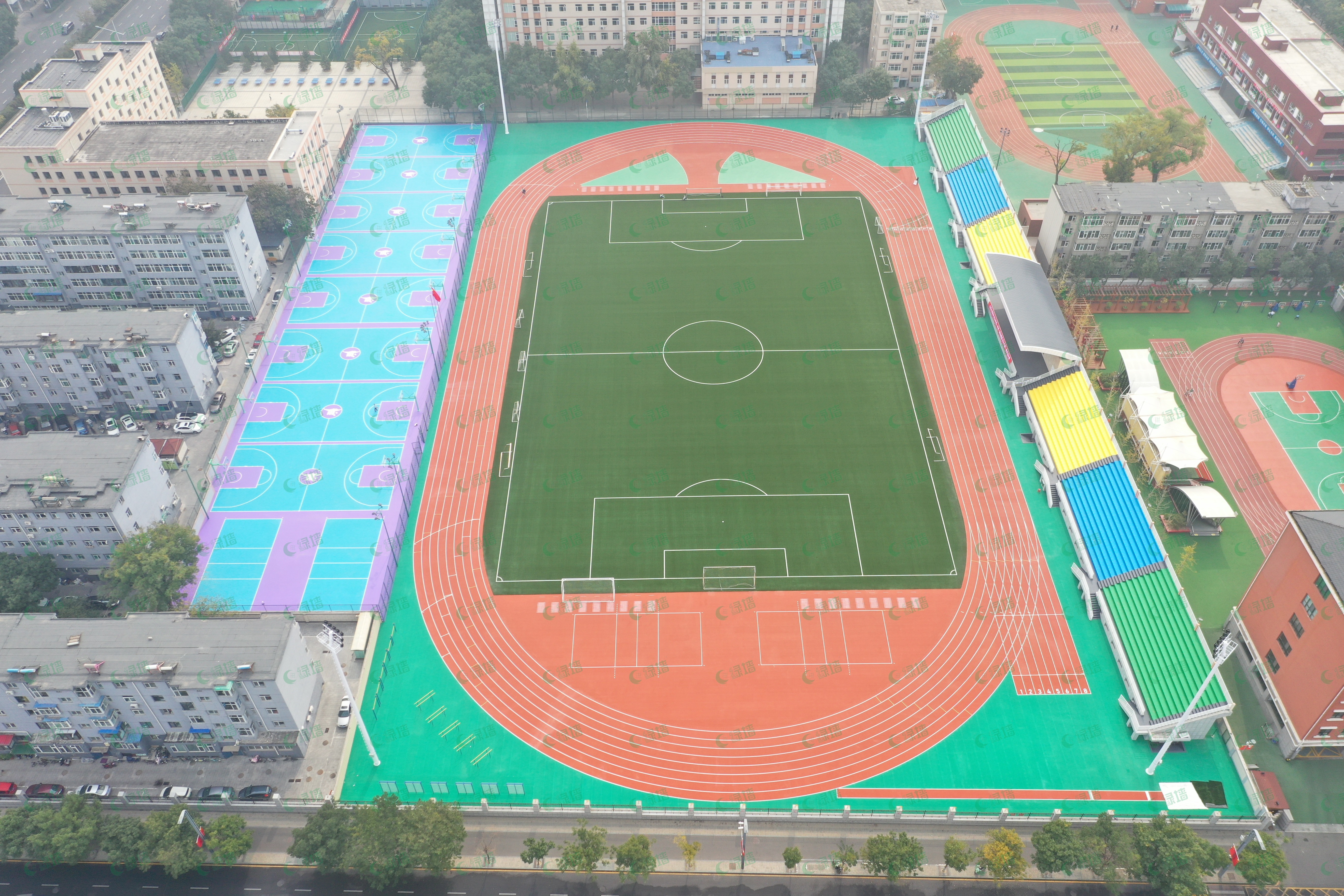
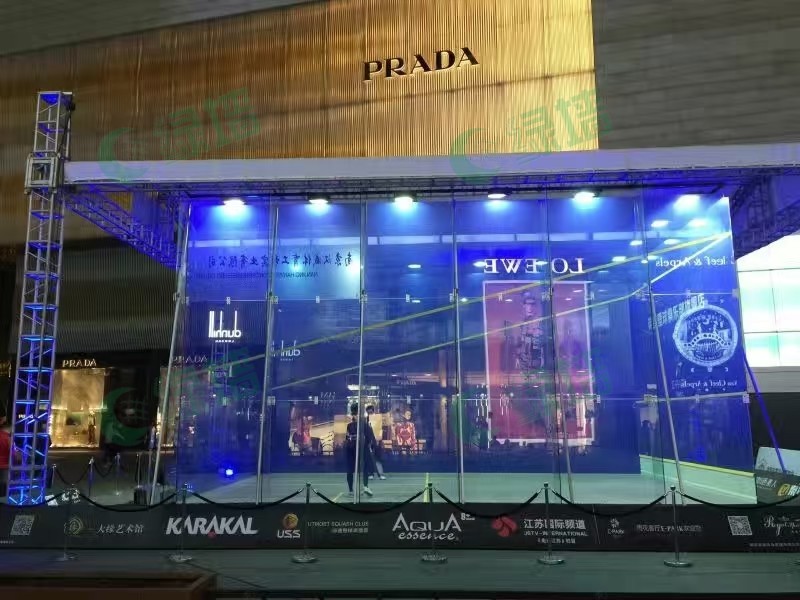
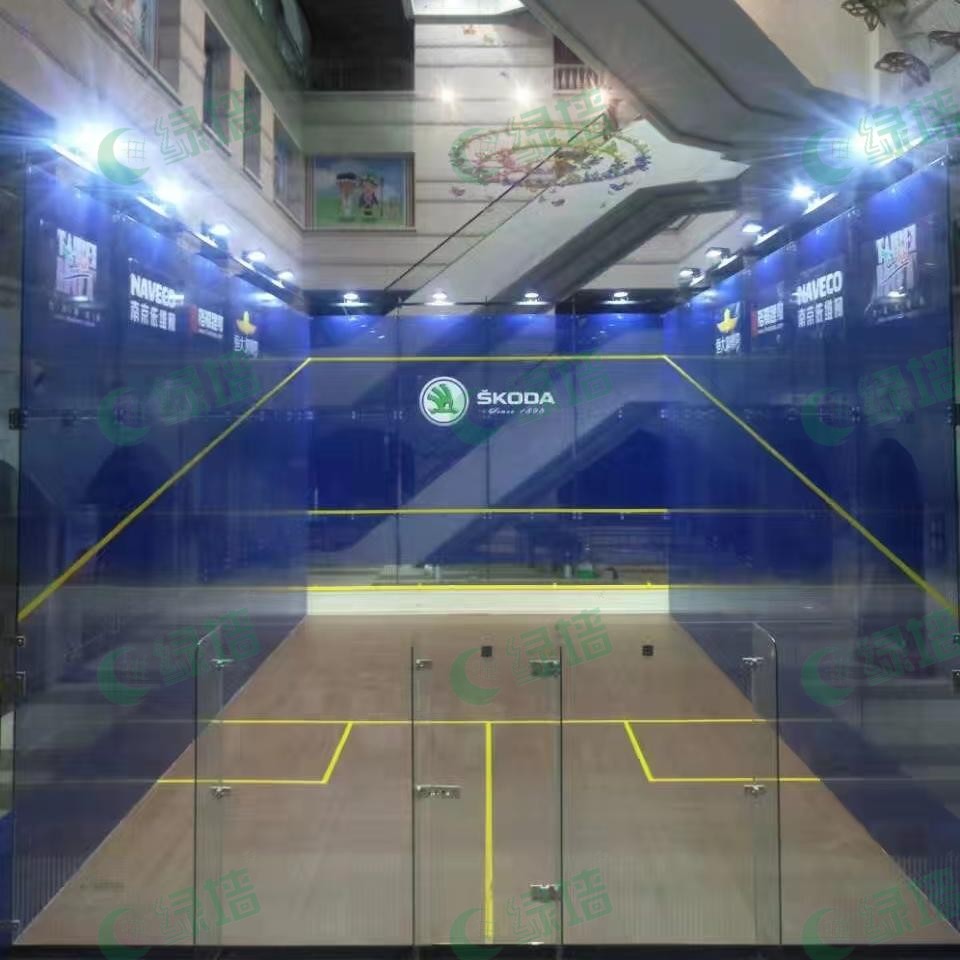
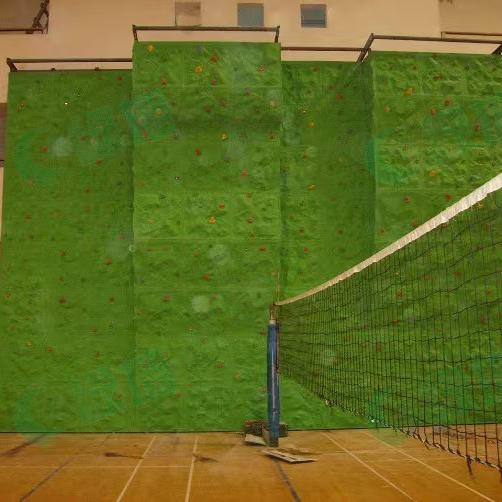
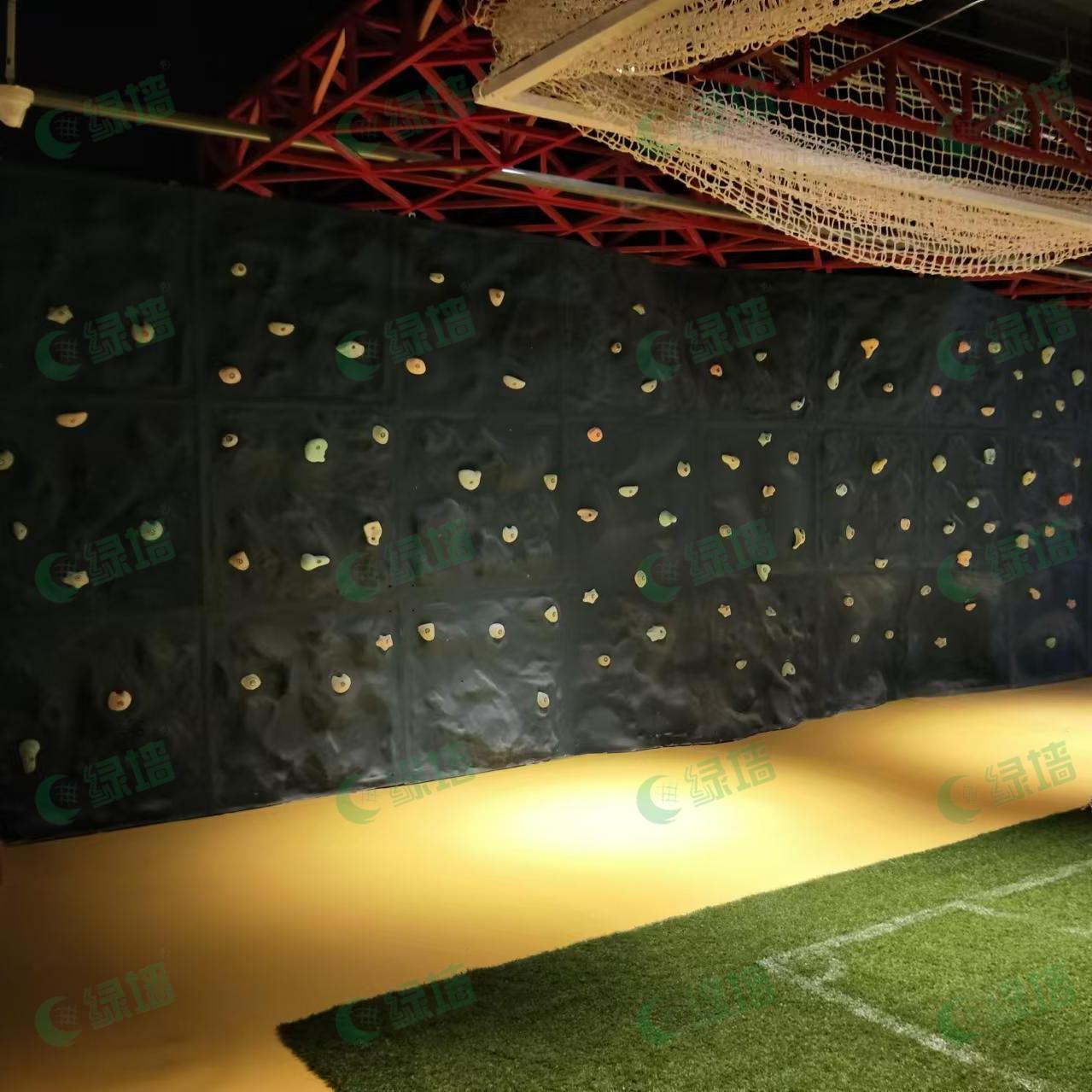




Please first Loginlater ~